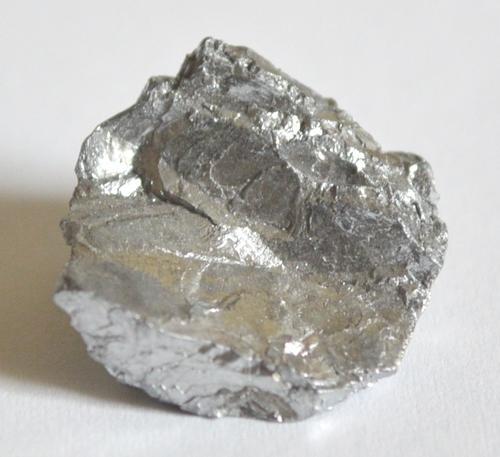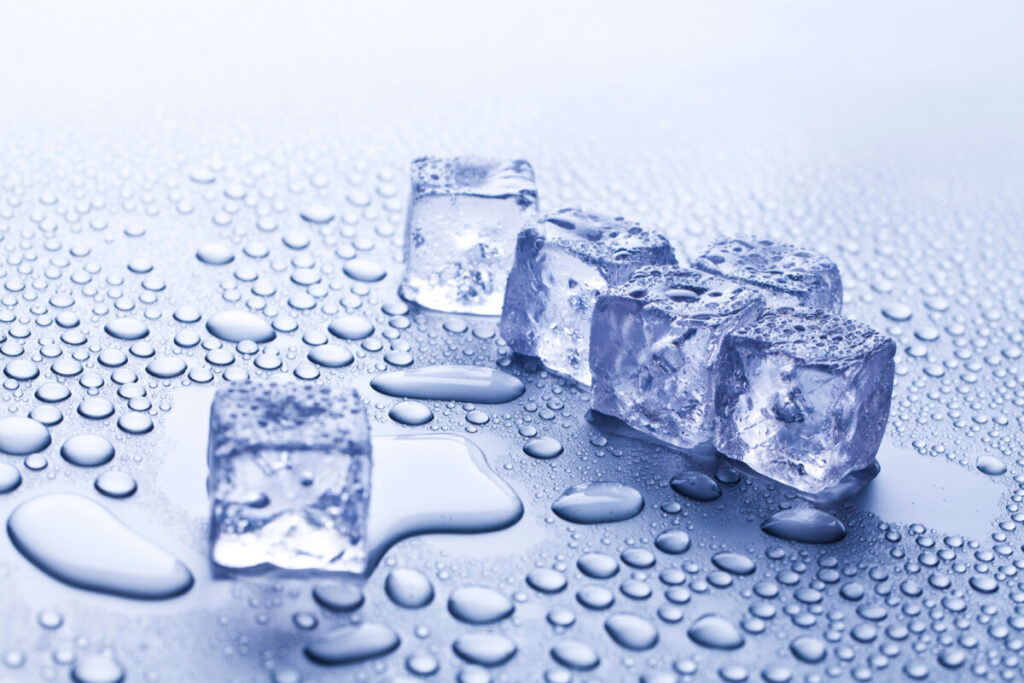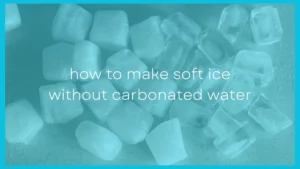If you place a block of ice on a block of wood and another on a block on metal the ice on the metal will melt faster even though both the wood and metal are the same room temperature. Why is this? Why does ice melt faster on metal than wood?
Ice melts faster on metal than wood because metal conducts heat better. The metal transfers its heat into the ice much faster than wood, melting the ice in the process. Metal will share heat across its entire volume whereas wood will hold the heat (and cold) in one spot.
Let's take a look at how these two substances deal with heat and energy transference.
Understanding Heat Transfer
When people normally talk about the heat and the cold, they talk as if they were real forces or things. The truth is slightly more complex. Heat is nothing more than the energy that particles in the air or object. When you touch something warm, a part of that energy is transferred to you, thus warming you up.
Heat can be transferred in many ways. For example, it can be transferred from objects to the air, between objects that are close or touching, and even across an object. Heat can even be transferred through a vacuum through heat radiation (which is how the heat from the sun gets to the earth).
Depending on the material of the object, heat will transfer differently. The 3 forms of heat transfer are
- Conduction – One object transferring heat to another object it is touching or close to (think a pan on a hot stove gets hot)
- Convection – Heat currents flowing through an object, usually a fluid or gas (think blowing hot air around or pushing hot water around in the bath)
- Radiation – Electromagnetic heat energy can move even through vacuum (think the sun's energy getting to us on earth)
When we are talking about ice melting on wood or on metal we are mostly looking at conduction, or heat transfer because the objects are touching each other.
Heat travels fastest through metals, as the particles in metals are all closely connected while at the same time free to move about.
Many people think that the cold acts in a similar way to heat. The reality is that cold is nothing more than the lack of thermal energy in objects. There is no such thing as “cold”, really it's just less heat.
When you touch something cold, the cold isn't being transferred to you. You are transferring some of your heat towards the cold object and this gives you the sensation of cold.
When you have a piece of metal and piece of wood at room temperature and you touch each the metal will likely feel cold while the wood won't.
In reality both are exactly the same temperature, however the metal is better at absorbing your heat energy (taking heat from you) and thus it feels cold to touch.
Some materials are extremely difficult to warm up and don't absorb heat easily. We call these insulators.
Plastic, for example, makes a great insulator because the heat has a hard time traveling through it. This is why ice will melt faster on aluminum when compared to plastic.
Things like coolers and other insulators block out any heat by layering several materials, including foam and plastic, that resist heat transfer around the container to keep things from losing their heat or warming up. Learn more about exactly how a cooler works to keep ice frozen.
Ice on Wood

As far as materials go, wood is a material that is fairly difficult to warm up. It is one of the common materials that keeps things cold.
It can take twice as much energy to heat wood by 1 degree as it does to heat metal 1 degree.
When ice is placed on something wooden, the wood will take a long time to share the heat with the ice. There is a reason that houses are made out of wood and not metal or another conductive material- wood is a much more effective insulator of heat.
Furthermore, wood is structured in such a way that heat has an even harder time moving through it than normal. The different grains in wood interfere with heat transfer by keeping heat from easily traveling through the wood.
If an ice cube were placed in a piece of wood, the spot where it was placed would cool down, but then the heat in the rest of the board would be mostly cut off from the colder temperature of the ice cube.
Wood isn't the best insulator to keep ice from melting, but it is one of the best.
The heat energy in one area of a block of wood is not easily shared with another area of the wood. This is very different to how metal works.
Ice on Metal

Metal is an entirely different story than wood. The different atoms in a piece of metal are closely connected with many other atoms and are structured in a way to allow heat to flow through metal with little resistance.
What this means is that when you place ice on a block of metal the heat from the metal can quickly transfer into the ice. Also the heat from the entire block of metal can be moved quickly to the location where the ice is.
The heat-conductive nature of metal is used in many household tools. Pots and pans, for example, are made out of durable metals that transfer heat evenly and easily.
Aluminum (one of the most conductive metals in the world) is used it ice presses in order to quickly melt ice and create ice cubes in the shape of spheres, diamonds and even hearts. You can see this being done below:
Though most metals make good conductors, some metals conduct heat better than others. Silver, for example, is the metal with the most thermal conductivity – followed closely by copper.
This means a lot for the ice placed on metal. Heat will quickly be transferred towards the cube, without hardly any resistance when compared to wood.
Though the amount of time that it takes for the ice to melt will depend on many other factors, you can expect ice to melt almost twice as fast when placed on a piece of metal when compared to a piece of wood.
Metal will always conduct heat better than wood, and wood will always be a better insulator of heat than metals.




